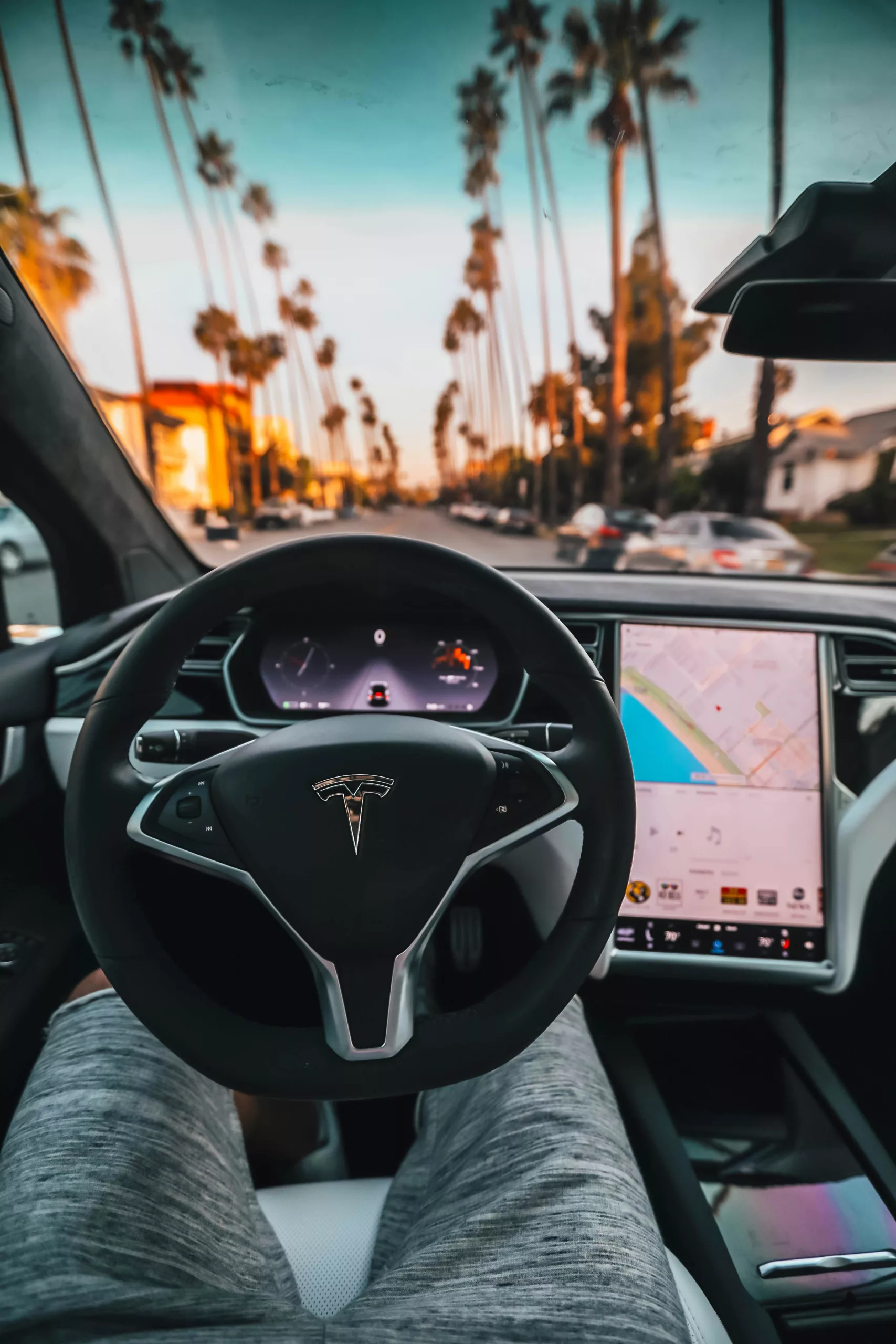Touchscreens in vehicles have garnered both admiration and criticism, acting as a beacon of futuristic car design for some and a point of contention for others. This digital interface, reminiscent of tech seen in Star Trek: The Next Generation, has taken the automotive world by storm, making it seem like we’re now living in the cosmic epoch. Our dreams have been rustled by sleek glass panels that function as command centers, propelling us into a new era of driving.
However, the incorporation of touchscreens as primary controls isn’t void of drawbacks. Given the advantages of tactile feedback and the precision inherent to physical buttons, the Star Trek franchise itself hinted at the superiority of tangible controls in certain situations. When you’re behind the wheel, unlike navigating a starship, taking your eyes off the road to swipe or tap can become a significant hazard, a truth not lost in the interstellar tales from shows and movies.
Many prefer a balanced approach, integrating both tactile and touchscreen inputs, especially for critical operations and safety-related functions. Despite this, opinions vary widely, ranging from advocating for traditional buttons and switches to those who favor a fully digitized driving experience.
The Inescapable Reality of “Death By Touchscreen”?
The debate took a morbid turn with the tragic demise of Angela Chao, a reputed Tesla owner related by marriage to political figures Mitch McConnell and Elaine Chao. The story that unfolded is heartbreaking – confusion with her Tesla Model X’s shift mechanism allegedly led to a misfortune involving the vehicle and a body of water, culminating in her untimely death. As emergency responders failed to extract the car promptly, blame swirled with fingers pointed at Tesla’s sleek but perhaps perplexing design choices.
Theories proliferated over the complexities of the door’s emergency release and the recently introduced touchscreen shift system. Amidst the noise, wild conjectures also surfaced, but the heart of the discussion lies in the potential perils of substituting tactile controls with screens, especially under duress.
Scrutinizing the Touchscreen Culprit Narrative
While some have been swift to indict Tesla’s design, the truth may not be so clear-cut. Jim Breyer, Chao’s widower, hasn’t publicly censured Tesla. Given the closeness to the situation, his perspective holds weight. Moreover, the Wall Street Journal has reported that the family doesn’t hold Tesla accountable. Piquing further skepticism, questions have arisen around the actual model year of Chao’s Tesla, as the touchscreen shifter debuted in models after 2020, creating uncertainty around whether this feature was even a factor.
As of now, clarifications await, hinging on responses from Texas officials. If the Tesla in question precedes the new feature’s release, it could dismantle the touchscreen-at-fault thesis entirely.
Don’t Succumb to Panic: A Wider Lesson to Learn
One central argument against touchscreen controls concerns the difficulty of performing fine motor movements amidst heightened stress. Law enforcement’s experiences post-shooting incidents exemplify the deterioration of dexterity under pressure. While touchscreen shifters might engender confusion during emergencies, familiarization can mitigate day-to-day challenges, dispelling concerns over regular operations.
The antidote to technological panic in vehicles appears to be calm, measured reaction – not allowing adrenaline to cloud judgement or overwhelm the senses. If trouble strikes, maintaining composure is key to averting further chaos. Strategies like box breathing and meditation are instrumental in mastering one’s composure, crucial skills when faced with unexpected automotive behaviors.
Decisive actions such as applying brakes or engaging regenerative braking can save the day, provided one’s instinct isn’t to freeze or lash out. Thus, fostering a mindset of tranquility becomes not just a virtue, but a necessity for driving in the touchscreen era.
